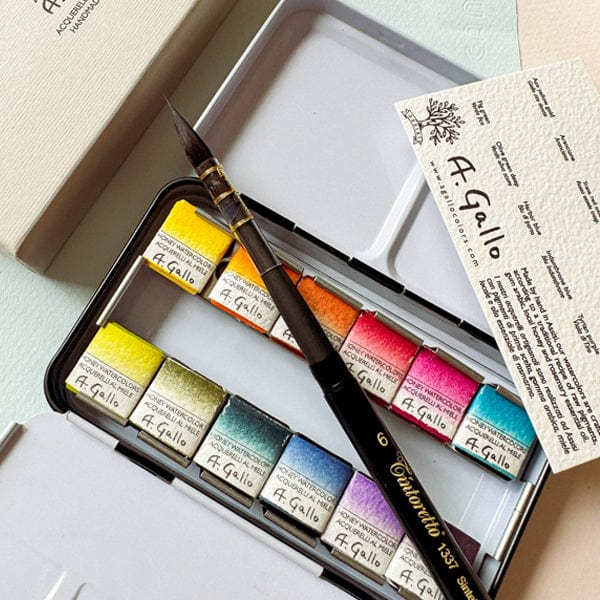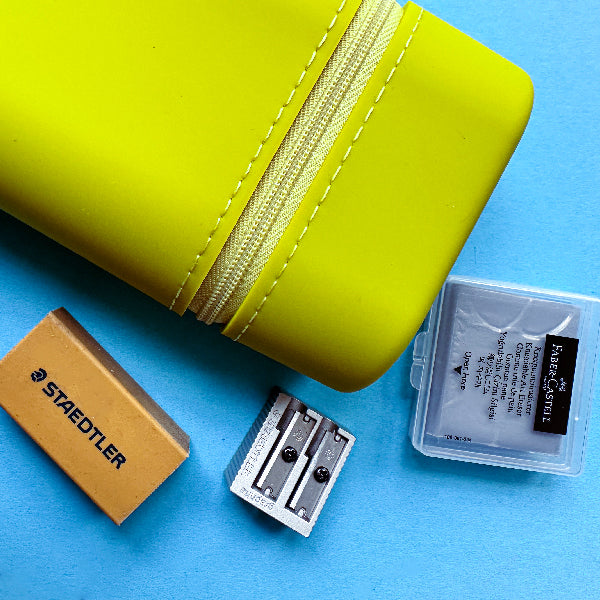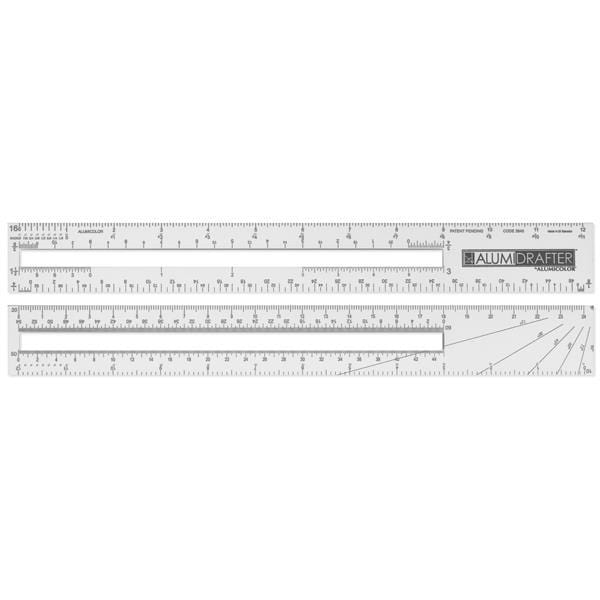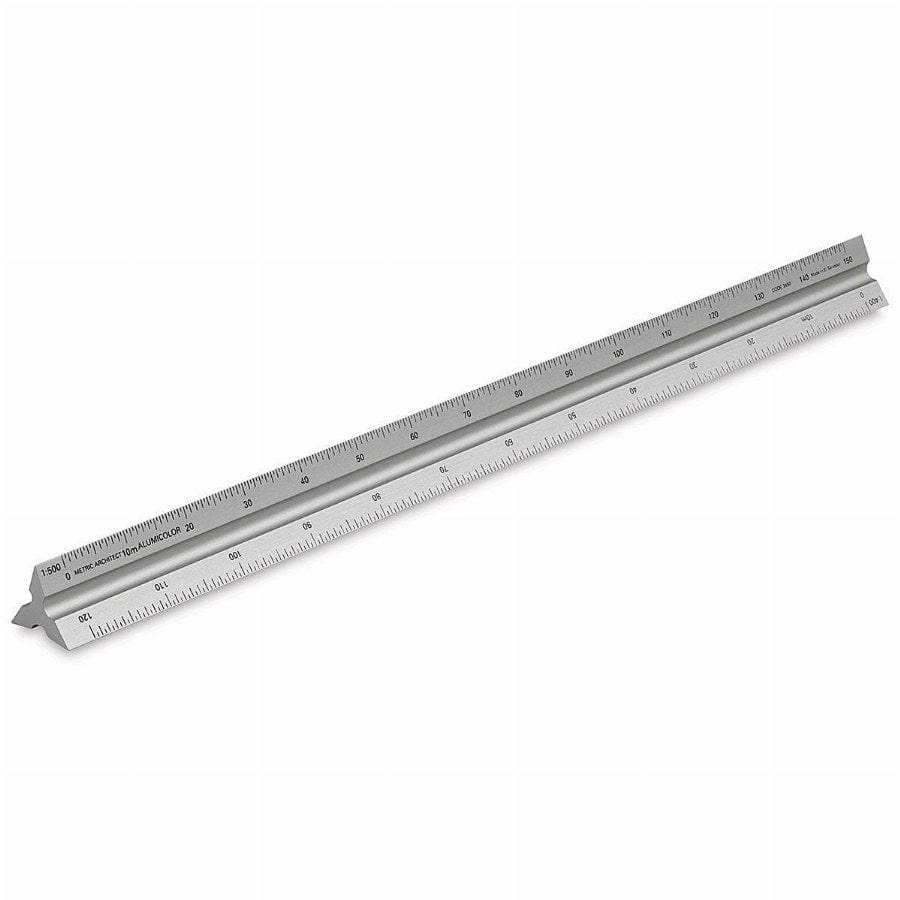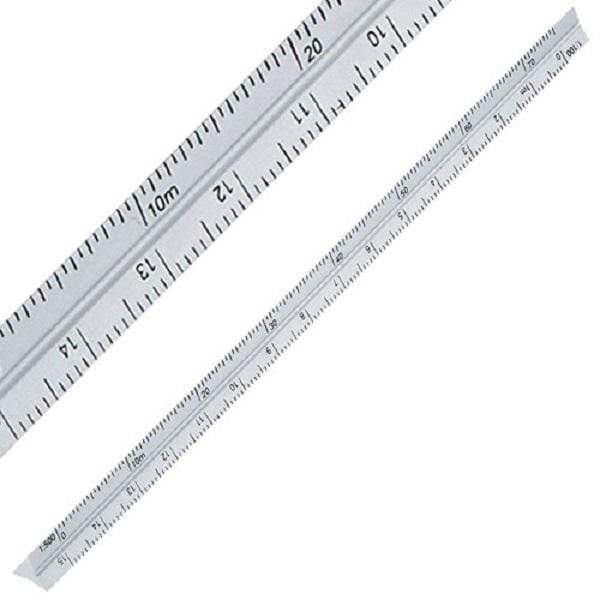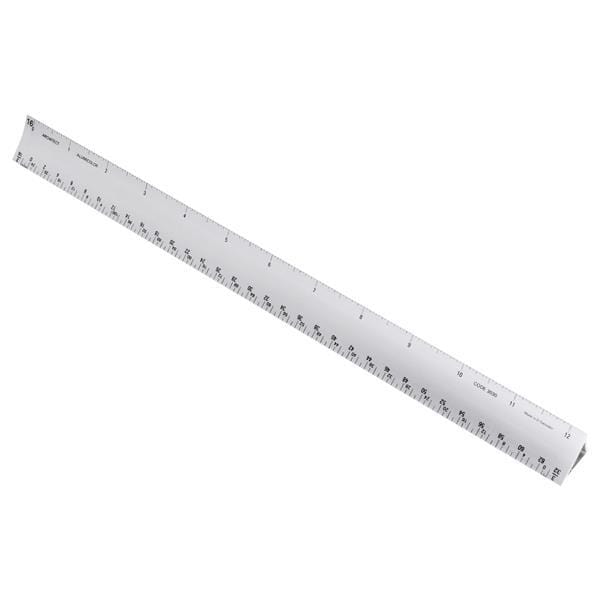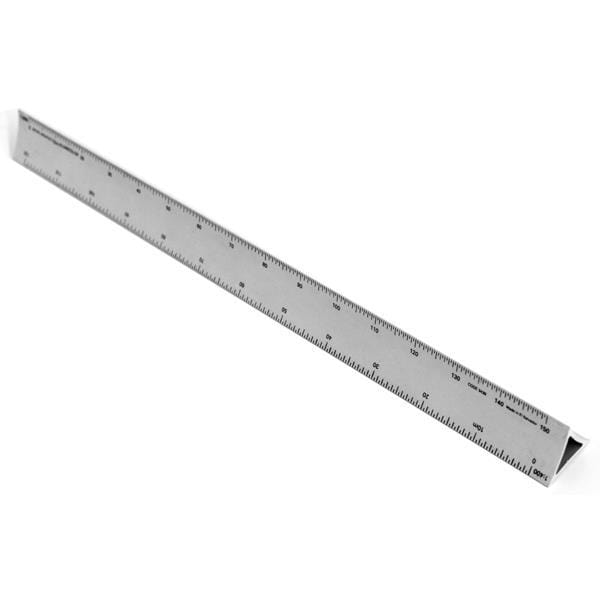
This store requires javascript to be enabled for some features to work correctly.
-
15%
-
15%
-
15%
-
15%
-
15%
-
15%
-
15%
-
15%
-
15%
-
15%
-
15%
-
15%
-
15%
-
15%
-
15%
-
15%
-
15%
-
15%
-
15%
-
15%
-
15%
-
15%
-
15%
-
15%
Gwartzman's Art Supplies is one of Toronto's most well known shops to buy anything and everything art related. Since the 1960's we've proudly served Toronto's Art Community. Gwartzman's strives to have the best prices in town or online, whether you're a new student of Architecture or an expericed pro.
Architecture students need a specific set of tools to bring their designs to life.
Basic Drawing Tools:
Pencils: A variety of H and B pencils for different line weights and shading.
Erasers: A soft eraser for general use and a kneaded eraser for blending.
Sharpener: A good quality pencil sharpener is essential.
Ruler: A standard ruler for basic measurements.
Triangles: For drawing parallel and perpendicular lines.
Architectural Scale: A specialized ruler for drawing to scale.
Paper and Boards
Sketchbooks: For quick sketches and ideas.
Drawing paper: Various weights and textures for different techniques.
Tracing paper: For overlaying drawings and making adjustments.
Foam board or mounting board: For presenting finished work.
Technical Drawing Tools:
Fineliners: For precise lines and details.
Compass: For drawing circles and arcs.
French curves: For drawing curved lines.
Additional Supplies:
Coloured pencils: For adding color and texture to drawings.
Markers: For quick sketches and presentations.
Cutting mat: For cutting paper and other materials.
Knives: For precise cutting.Architecture students need a specific set of tools to bring their designs to life.
How to Use a Scale Ruler
A scale ruler is a specialized tool used in architecture, engineering, and drafting to accurately represent real-world measurements in a scaled-down format. Here's a basic guide on how to use one:
Understanding the Scales
- A scale ruler has multiple scales, typically on both sides and edges.
- Common scales include 1/8 inch = 1 foot, 1/4 inch = 1 foot, 1/2 inch = 1 foot, and 1 inch = 1 foot.
- Each scale represents a ratio between the drawing and the actual size.
Steps to Use a Scale Ruler:
- Determine the scale: Choose the appropriate scale based on the drawing requirements.
- Align the zero point: Place the zero mark of the chosen scale at the starting point of the measurement on your drawing.
- Read the measurement: The corresponding number on the scale represents the actual measurement.
- Convert to actual size: Multiply the measured length on the scale by the scale factor to get the real-world dimension
A French curve is a drafting tool used to draw smooth, irregular curves. It's particularly useful in fields where precision and accuracy in drawing curves are essential.
Here are some common applications:
- Architecture and Engineering:
- Fashion Design:
- Industrial Design:
- Graphic Design:
Essentially, whenever you need to draw a freeform curve that isn't a perfect circle or arc, a French curve can be a valuable tool to achieve smooth and accurate lines.
Both fineliners and technical pens are used for precise line work, but they have distinct characteristics.
Fineliner Pens
Tip: Made of fine fibers or plastic.
Ink: Typically dye-based.
Lines: Consistent width, but can vary slightly with pressure.
Maintenance: Generally low maintenance, disposable.
Best for: Sketching, drawing, and general artwork.
Technical Pens
Tip: Metal nib.
Ink: Pigment-based for archival quality.
Lines: Consistent width, even with varying pressure.
Maintenance: Requires cleaning and care to prevent clogging.
Best for: Technical drawing, drafting, and precise artwork.
Shop for fineliners and technical pens here.
Basswood and balsa are both softwoods commonly used in crafts, modeling, and woodworking due to their lightweight properties. However, they have distinct characteristics.
Balsa Wood
Extremely light: The lightest wood commercially available.
Soft and easy to carve: Ideal for delicate models and sculptures.
Brittle: Not as strong as basswood.
Common uses: Model airplanes, RC models, and lightweight structures.
Basswood
Lighter than most woods: Not as light as balsa but still relatively light.
Stronger and more durable: Better for larger projects or structures that require more strength.
Easier to work with: Less prone to chipping and breaking compared to balsa.
Common uses: Wood carvings, dollhouses, model boats, and musical instruments.
In summary, balsa is the ultimate in lightweight wood, perfect for delicate projects, while basswood offers a balance of lightness and strength, making it suitable for a wider range of applications.
Shop for Balsa and Basswood at Gwartzman's.
Gwartzman's offers a diverse range of glues, adhesives, and tapes to cater to various artistic and crafting needs.
Here's a breakdown of what you can expect to find:
Universal Adhesives: These are versatile glues that work on a variety of surfaces. Weldbond is a popular choice.
Thick Glues: Ideal for filling gaps and creating dimensional effects. Gwartzman's offers BSI Maxi-Cure for this purpose.
Super Thin Glues: Perfect for precise bonding and delicate work. BSI Insta-Cure is a good option.
Model Glues: Specifically designed for assembling models and crafts, like BSI Plastic-Cure.
Glue Sticks: Convenient for use with glue guns. Surebonder offers various sizes.
Tapes
Masking Tape: Essential for protecting surfaces during painting or other projects.
Painter's Tape: A more delicate tape that can be removed without damaging surfaces.
Double-Sided Tape: For adhering items without visible tape.
Knife vs. Scissors: Crafting Tool Showdown
The choice between a knife and scissors often depends on the material you're working with and the desired precision.
When to Use Scissors:
Paper: For general cutting, especially thicker paper.
Fabric: Scissors are essential for cutting fabric accurately.
Thin materials: Like ribbon, cord, or yarn.
When to Use a Knife:
Precise cuts: For intricate details, cutting along straight lines, or creating specific shapes.
Thick materials: Like cardboard, foam board, or mat board.
Safety First:
Always use a cutting mat to protect your work surface when using a knife.
Keep your scissors and knives sharp for clean cuts.
Store your tools safely when not in use.
Remember: Many crafting projects require both tools. A combination of both will give you the versatility to tackle various tasks.
Gwartzman's has earned its reputation as a top art supply shop in Toronto for several compelling reasons:
Extensive Selection: They boast a wide range of art supplies, catering to artists of all levels and disciplines. From beginner essentials to professional-grade materials, Gwartzman's has it all.
Competitive Pricing: Known for its budget-friendly options, Gwartzman's offers quality art supplies without breaking the bank.
Expert Knowledge: The staff at Gwartzman's is often composed of artists themselves, providing invaluable advice and guidance to customers.
Community Focus: Gwartzman's has been a part of the Toronto art community for decades, fostering a strong connection with local artists.
Convenient Location: Situated in the heart of Toronto, Gwartzman's is easily accessible for artists and students alike.
Let's explore some of the most common art mediums:
Drawing and Painting Mediums
Watercolour: Transparent paints that blend easily for soft washes.
Acrylic: Versatile paints that dry quickly and can be used on various surfaces.
Oil: Slow-drying paints known for their rich colors and depth.
Gouache Opaque watercolors that offer vibrant colors and coverage.
Encaustic: Pigments mixed with hot wax for a unique textured look.
Graphite Pencil: Versatile and widely used for sketching and detailed work.
Relief Printing: Creating raised images on a surface and inking them.
Screen Printing: Pushing ink through a stencil onto paper.
Graphite Pencil: Versatile and widely used for sketching and detailed work.
Charcoal: Creates soft, expressive lines and values.
Ink: Offers precise lines and washes, often used in pen and ink drawings.
Pastel: Creates soft, chalky effects with a wide range of colours.

